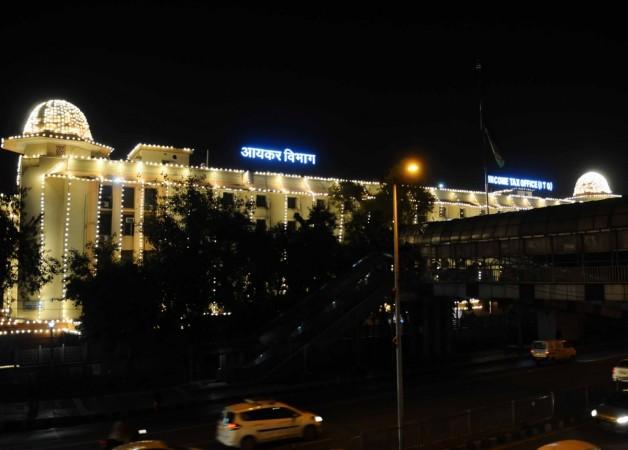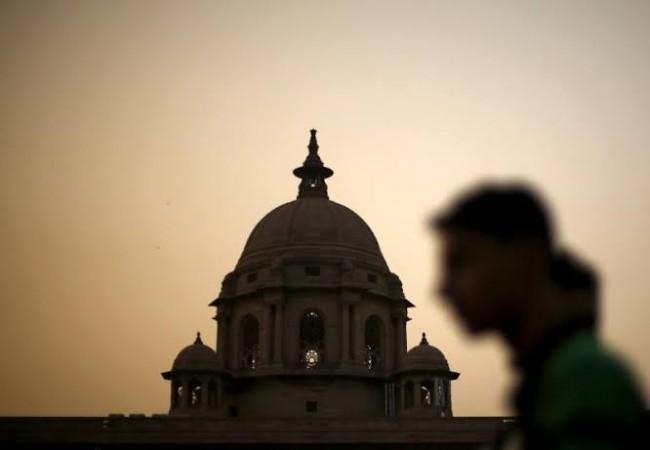The bad run for the Indian economy continues with the latest victim being the government's direct tax kitty, where collections have now entered the negative zone for the very first time.
Government sources said that direct tax collection in the current fiscal up to January 15 has fallen by 6.1 per cent compared with the corresponding period of the previous year.
While the development would test the government's ability to manage its finances and contain the deficit, it has the potential to virtually seal the fate of any big tax cut announcement in the coming Budget.
According to sources, direct tax collections stood at Rs 7.26 lakh crore in the April-January 15 period of FY20 as compared to Rs 7.73 lakh crore in the same period of the previous year.

It is after a long gap that the tax collection is actually lower than the numbers given in the previous year. Already the development has rung the alarm bells that the current economic crisis may be deep-seated and take much longer time to recover from.
Revenue Department officials have attributed the shortfall to a combination of the government's decision to cut corporate tax rates in September, the overall economic slowdown and the reshuffle in the department following the implementation of the faceless tax assessment plan that has been carried out without preparation.
Finance Minister Nirmala Sitharaman had brought down effective tax rate on corporates from 35 to 25 per cent while announcing a new 22 per cent corporate tax rate for companies willing to forgo all exemptions and an even lower 15 per cent rate for new manufacturing units.

While corporate tax still commands a lion's share in overall direct tax kitty of the government, it has been badly hurt in the third quarter of FY20 with collections remaining slow even in the month of January.
Sources said that between April and January 15 this year, corporate tax stood at Rs 3.87 lakh crore while collections under personal income tax head stood at Rs 3.29 lakh crore. The total collections from securities transaction tax (STT) stood at Rs 9,030 crore while another Rs 887 crore has come by way of equalisation levy.
The slowdown in collection has presented a pan-India picture with all major revenue collection centres such as Mumbai, Delhi, Bengaluru, Chennai, Pune, Hyderabad and Kolkata witnessing a fall.
As against the target of Rs 13.5 lakh crore in direct taxes during FY20, the government could mop up only Rs 6 lakh crore or less than 50 per cent till about mid-November.
Rating agency ICRA has estimated that the government's gross tax revenue may fall short by Rs 3-3.5 lakh crore in FY20. This would have a serious impact on the country's fiscal deficit that is budgeted at 3.3 per cent of the GDP this year. Already, the government is finalising a plan to shift its financial consolidation goal post by two years, meaning the target to reach 3 per cent deficit would now be targeted for 2022-23 instead of 2020-21.
The GDP growth has already slowed down to six-year low level of 4.5 per cent in the July-September quarter of FY20.

















